These fruits that start with K range from common everyday snacks to international, unique berries and more! You can use this list to eat your way through the alphabet or just discover something new to try! You may even find a new favorite fruit!
Fruits Beginning With The Letter K
I have been having an absolute blast learning about all these different fruits throughout the alphabet! In fact, the letter K had a ton that I hadn't even heard of before!
We all know and love kiwis, but there are so many other fruits out there! After working on this list, I definitely have some new fruits that I am excited to try out.
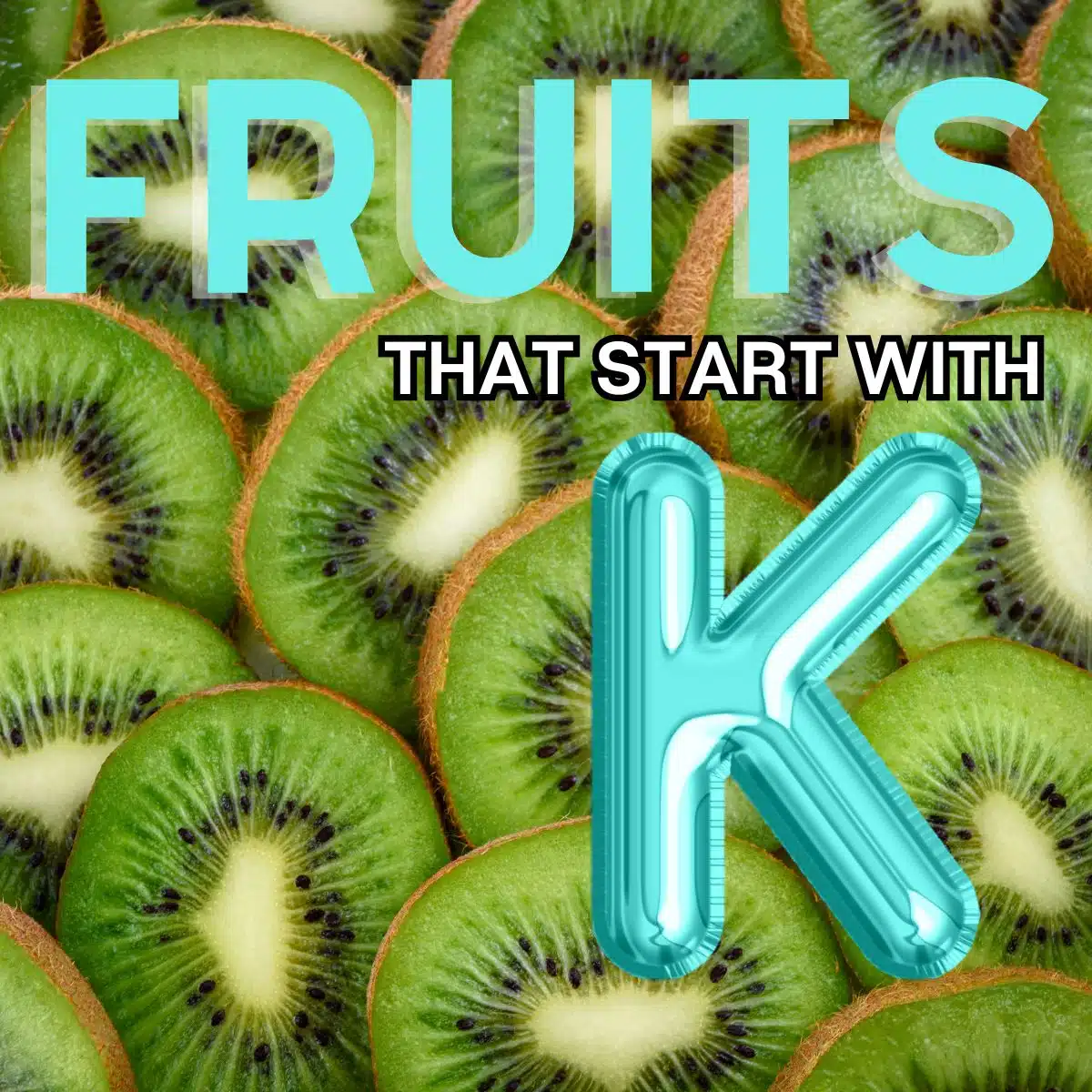
Jump to:
- Fruits Beginning With The Letter K
- 1. Kabocha
- 2. Kabosu
- 3. Kaffir Lime
- 4. Kahikatea (Koroi)
- 5. Kakadu Plum
- 6. Kaki Persimmon
- 7. Kalumpit
- 8. Kamias
- 9. Kandil Sinap Apple
- 10. Kandis
- 11. Kangaroo Apple
- 12. Kanzi Apple
- 13. Kapok Fruit
- 14. Karmijn De Sonneville Apple
- 15. Karonda
- 16. Kastanj
- 17. Keepsake Apple
- 18. Kei Apple
- 19. Keitt Mango
- 20. Kent Apple
- 21. Kent Mango
- 22. Kepel
- 23. Keriberry
- 24. Kerry Irish Pippin Apple
- 25. Keswick Codlin Apple
- 26. Keule
- 27. Key Lime
- 28. Kidd's Orange Red Apple
- 29. King of the Pippins Apple
- 30. Kinsei Apples
- 31. Kiwano
- 32. Kiwi
- 33. Kiwi Berry
- 34. Knobby Russet Apple
- 35. Kokum
- 36. Korean Pear
- 37. Korlan
- 38. Kumquat
- 39. Kundong
- 40. Kutjera
- 41. Kwai Muk
- 42. Kyoho Grapes
- Best Fruits That Start With K
- 📖 Recipe Card
- Fruits That Start With K (42+ Fruits Beginning With K!)
- 💬 Comments & Reviews
1. Kabocha
Kabocha, also known as Japanese pumpkin, is a type of winter squash with a sweet and velvety texture. It has green or orange skin and vibrant orange flesh that's perfect for roasting, steaming, or incorporating into soups.
Compare kabocha and buttercup squash here.
2. Kabosu
Kabosu is a citrus fruit that looks like a small, green lemon. It has a tangy and slightly sweet flavor and is often used in Japanese cuisine.
It is typically used in things like salads, sauces, and dressings. The fruit is known for its unique taste, combining the flavors of both lemon and lime.
3. Kaffir Lime
Kaffir lime is a small, green fruit with a bumpy exterior, often used in Southeast Asian cuisine. It has a distinctive smell and tart flavor.
The rind and leaves are commonly used to add citrus flavor to various dishes.
4. Kahikatea (Koroi)
Koroi is a tropical fruit known for its vibrant orange color and sweet, juicy taste. With a smooth outer skin and a unique, somewhat pear-shaped appearance, the Koroi fruit is often enjoyed fresh.
5. Kakadu Plum
The Kakadu plum is a small, green fruit native to northern Australia. Known for its distinct tart flavor, the plum is often used in various traditional Aboriginal dishes.
It is also believed to have medicinal properties.
6. Kaki Persimmon
Kaki persimmon, often simply called "persimmon," is a sweet and flavorful fruit with smooth, orange skin. It has soft and juicy flesh that can have a honey-like taste when fully ripe.
It's a popular snack, enjoyed fresh or added to salads and desserts.
7. Kalumpit
Kalumpit is a tropical fruit found in Southeast Asia, recognized for its small, round shape and vibrant red or purple color when ripe. The fruit has a sweet and mildly tangy flavor with a juicy pulp containing small seeds.
8. Kamias
Kamias, also known as bilimbi, is a small, green fruit with a unique, sour taste. Resembling a tiny cucumber, it is often used in dishes to add a tangy flavor.
The fruit is commonly found in tropical regions.
>>>>See all of my recipes here<<<<
9. Kandil Sinap Apple
The Kandil Sinap apple is a type of apple known for its bright red and green skin. It has a sweet and tangy flavor, making it a popular choice for fresh eating or adding to salads.
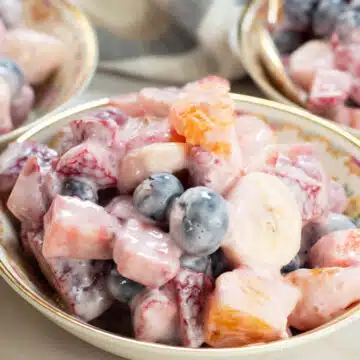
10. Kandis
The Kandis fruit is a tropical fruit known for its sweet and tangy flavor. This small, round fruit has a thin, textured skin that surrounds juicy segments.
11. Kangaroo Apple
The kangaroo apple is a small, round fruit with smooth, shiny skin that comes in various colors, including green, yellow, and orange. It's named for its resemblance to the shape and color of a kangaroo's egg.
The fruit has a unique taste, with a mildly sweet flavor and a hint of tartness.
12. Kanzi Apple
The Kanzi apple is a delicious and juicy fruit known for its sweet and slightly tart flavor. It has vibrant red skin with a crisp and refreshing texture.
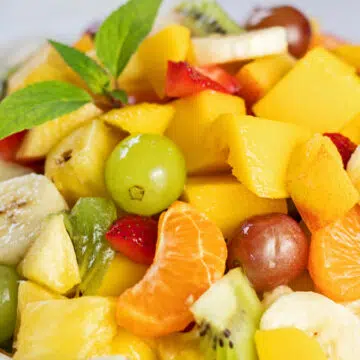
13. Kapok Fruit
The kapok fruit comes from a large tropical tree native to Asia and the Americas. It has a round, greenish-brown exterior with a fibrous texture.
The fluffy fibers inside the fruit are often used to stuff pillows and cushions, while the seeds can be processed for their oil.
14. Karmijn De Sonneville Apple
The Karmijn De Sonneville apple is a sweet and crisp variety known for its vibrant red skin and juicy flesh. This apple has a great balance of sweetness and tartness, making it a popular choice.
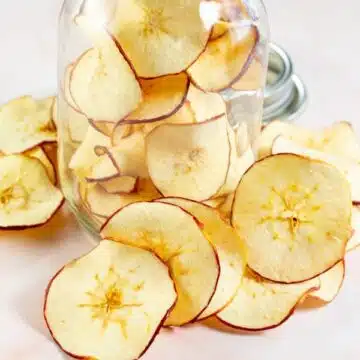
15. Karonda
Karonda is a small, round fruit that grows on a shrub native to India and Southeast Asia. It has a bright red or black skin and a tart taste, making it commonly used in jams, jellies, and pickles.
16. Kastanj
Kastanj, commonly known as chestnut, is a nut encased in a tough, spiky outer shell. These nuts have a rich, sweet flavor and are often enjoyed roasted or boiled, making them a popular autumn treat in many parts of the world.
17. Keepsake Apple
The Keepsake apple is a sweet and crisp variety known for its bright red and yellow skin. With a balance of sweetness and tartness, it's perfect for eating fresh or adding to salad.
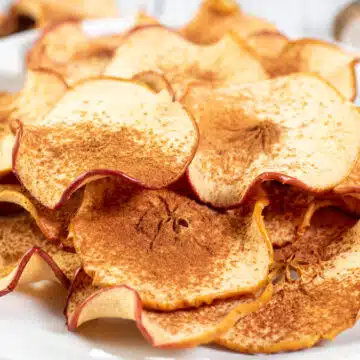
18. Kei Apple
The Kei apple is a small, round fruit with a tough outer skin that turns from green to yellow as it ripens. Known for its sharp thorns and distinctive sour taste, the fruit is often used in making jams and jellies.
19. Keitt Mango
The Keitt mango is a tropical fruit known for its vibrant green skin, smooth texture, and sweet, juicy flesh. It has a distinct, mild flavor and smooth texture.
These mangos are often enjoyed fresh or used in various recipes.
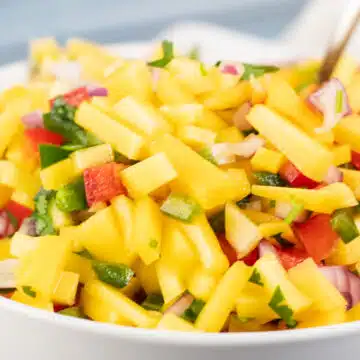
20. Kent Apple
The Kent apple is a sweet and juicy fruit with a crisp texture. It has vibrant red or green skin, often with a blend of both colors.
The flavor is a mix of sweetness and tartness, making it perfect for many uses.

21. Kent Mango
The Kent mango is a tropical fruit known for its sweet and juicy flavor. It has a smooth, greenish-yellow skin tinged with red. The flesh is vibrant orange and free from fibers, so it is commonly enjoyed fresh.
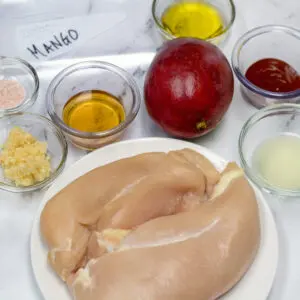
22. Kepel
The Kepel fruit is a tropical fruit with a sweet taste. It comes from a small tree native to Indonesia and is known for its unique smell, which is often described as a combination of vanilla, apple, and pineapple.
The fruit has a brownish-green outer layer and is traditionally used in various Indonesian recipes.
23. Keriberry
Keriberries are large, dark berries that look similar to a blackberry. The flavor is often referred to as a combination between blackberries and raspberries.
24. Kerry Irish Pippin Apple
The Kerry Irish Pippin apple is a sweet and crisp apple variety known for its bright red and green skin. It has a juicy and flavorful taste, making it a popular choice for both snacking and baking.
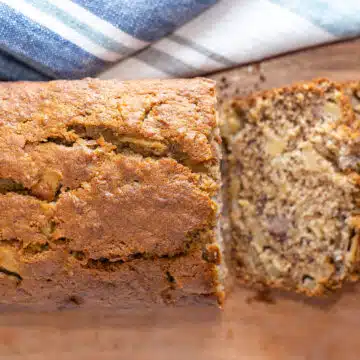
25. Keswick Codlin Apple
The Keswick Codlin apple is a delightful fruit with smooth, greenish-yellow skin. Known for its early ripening, this apple has a sweet and tangy flavor.
This variety is a favorite for snacking or baking in pies.

26. Keule
The Keule fruit is a tropical fruit known for its vibrant orange color and sweet flavor. This small, round fruit has a nice blend of sweetness with a hint of tanginess.
27. Key Lime
Key lime is a small, round citrus fruit known for its bright green color and distinctive tangy flavor. These little limes are often used in desserts, like the famous key lime pie.
With a slightly sweeter taste than regular limes, key limes bring a refreshing twist to many recipes.

28. Kidd's Orange Red Apple
Kidd's Orange Red apple is a sweet and crisp apple with vibrant orange and red skin. It has a nice combination of being both sweet and tart and is known for its refreshing flavor.

29. King of the Pippins Apple
The King of the Pippins apple has a sweet and slightly tangy flavor. With a bright red or yellow skin and crisp texture, this apple variety is great for eating fresh, baking, or adding to salads.

30. Kinsei Apples
Kinsei apples have a sweet and slightly tart flavor. These apples have a crisp texture, and they are often used in both snacking and baking.
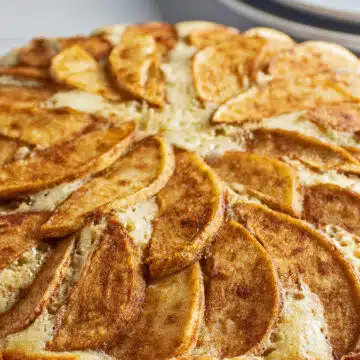
31. Kiwano
The Kiwano fruit, also known as the African Horned Cucumber, is a unique fruit with a spiky, bright orange outside. The inside is a vibrant green, jelly-like flesh filled with small edible seeds.
With a taste that is similar to a combination of cucumber, banana, and citrus, the Kiwano offers a refreshing and mildly sweet flavor.
32. Kiwi
The kiwi, also known as the kiwifruit or Chinese gooseberry, is a small, fuzzy brown fruit with bright green flesh and tiny black seeds. Its sweet and tangy flavor makes it a great addition to fruit salads, smoothies, or a tasty snack on its own.

33. Kiwi Berry
Kiwi berry is a small, bite-sized fruit that resembles a mini kiwi but can be eaten whole, skin and all. It has a smooth texture and a sweet-tart taste.
These little berries are often enjoyed as a snack or added to salads.
34. Knobby Russet Apple
The Knobby Russet apple is a unique fruit known for its distinctive appearance. With a rough, knobby skin and a russet coloring, this apple stands out among many other apple varieties.
Its crunchy texture and sweet flavor make it a fun choice for snacking.
35. Kokum
Kokum is a small, purple fruit native to India. It has a tangy and slightly sweet flavor, often used in beverages and traditional Indian dishes.
It is also valued for its potential health benefits in traditional medicine practices.
36. Korean Pear
The Korean Pear, also known as "bae" or "nashi," is a sweet and juicy fruit with a crisp texture. It has a round shape and a yellow-brown skin, similar to that of an apple, but with a mild, refreshing flavor.
Often enjoyed fresh, it makes for a tasty snack or a great addition to salads and desserts.

37. Korlan
The korlan is a tropical fruit with a thick, spiky rind and a sweet, creamy interior. Native to Southeast Asia, it has a unique taste and texture.
38. Kumquat
Kumquats are tiny, citrus fruits that you can eat whole, skin and all. Unlike other citrus fruits, the sweet flavor is in the peel, while the inside is tangy.
They're often enjoyed in salads, desserts, or even as a standalone snack.
39. Kundong
Kundong is a tropical fruit known for its sweet and juicy taste. The fruit has a smooth, greenish-yellow skin and a unique smell.
Its flavorful flesh is often enjoyed fresh or used in recipes.
40. Kutjera
Kutjera, also known as bush tomato, is a small, round fruit native to Australia. It has a tangy flavor and is often used in Aboriginal cuisine to add a zesty kick to various dishes.
The fruit is dried before use, intensifying its flavor and making it a distinctive ingredient in sauces, chutneys, and traditional recipes.
41. Kwai Muk
Kwai Muk is a small, tropical fruit with smooth, greenish-brown skin and a sweet, juicy taste. The fruit is about the size of a walnut and has a unique, creamy texture.
42. Kyoho Grapes
Kyoho grapes are large, dark-skinned grapes that come from Japan. Known for their sweet and juicy taste, these grapes are a perfect combination of rich flavor and a slightly tart finish.
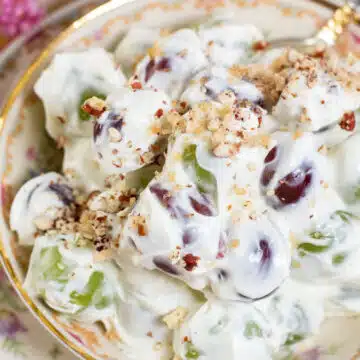
Best Fruits That Start With K
Of course, kiwis and key limes are some of my most loved fruits. However, I also find kumquats to be completely delicious!
Which one of these fruits beginning with K is your favorite? Leave a comment and let me know!
Do you love a recipe you tried? Please leave a 5-star 🌟rating in the recipe card below and/or a review in the comments section further down the page.
Stay in touch with me through social media @ Pinterest, Facebook, Instagram, or Twitter! Subscribe to the newsletter today (no spam, I promise)! Don't forget to tag me when you try one of my recipes!
📖 Recipe Card
Fruits That Start With K (42+ Fruits Beginning With K!)
Ingredients
Crust
- 1½ cups graham cracker crumbs
- ⅓ cup sugar
- 6 tablespoon butter (unsalted, melted)
Key Lime Filling
- 3 large egg yolks
- 14 oz sweetened condensed milk
- ½ cup fresh key lime juice (about 20 key limes make ½ cup of juice)
- 1 tablespoon key lime zest
Whipped Cream Topping
- 1 cup heavy cream
- 2 tablespoon confectioners sugar
- ½ teaspoon vanilla extract
(Note: 2x or 3x only changes the ingredient list)
Instructions
Prepare the Crust
- Preheat the oven to 350°F (175°C).
- In a mixing bowl, combine the graham cracker crumbs, sugar, and melted butter. Stir until the mixture is evenly moistened.
- Press the mixture into a 9-inch pie dish, making sure to press the crumbs up the sides of the dish. Use the back of a spoon to smooth out the surface.
- Bake the crust for 10-12 minutes or until lightly browned. Remove from oven and let cool while you make the filling.
Prepare the Filling
- In a separate mixing bowl, whisk the egg yolks until pale yellow in color.
- Add the sweetened condensed milk, key lime juice, and zest to the bowl with the egg yolks. Whisk until well combined.
- Pour the filling into the cooled crust and smooth out the surface with a spatula.
- Bake the pie at 350°F (175°C) for 15-17 minutes, or until the filling is set around the edges but still slightly jiggly in the center. Let the pie cool to room temperature.
Make the Topping
- In a mixing bowl, whip the heavy cream until soft peaks form.
- Add the powdered sugar and vanilla extract to the bowl, and continue whipping until stiff peaks form.
- Spread the whipped cream over the cooled pie, making swirls with a spatula.
- Refrigerate the pie for at least 2 hours, or until the filling is fully set. Slice and serve chilled.
Notes
- When you are picking out your key limes, make sure to choose ones that are plump and have a little give when squeezed.
- Each lime will yield about 2 tablespoons of juice, but make sure to zest them first!
- If you can't find key limes or key lime juice, you can still make this pie using standard limes (although the flavor will be slightly different). Simply swap 1 lime per 6 key limes.
- For extra convenience, you can definitely make this pie using a storebought graham cracker crust and whipped cream, however, the homemade version is much tastier!
- To store: Keep this pie tightly covered with plastic wrap and stored in the fridge for up to 3 days.


Comments
No Comments